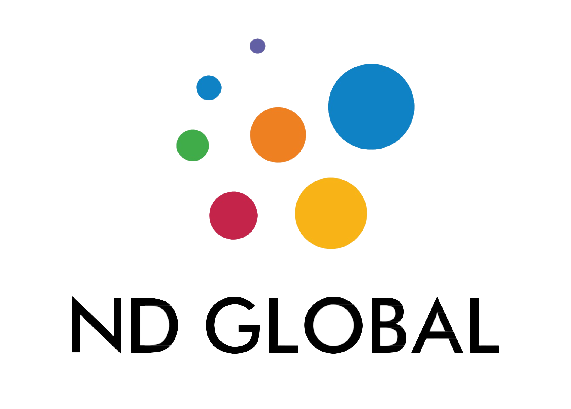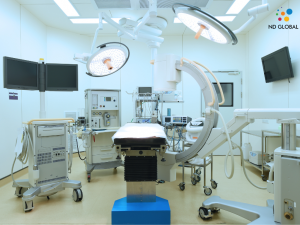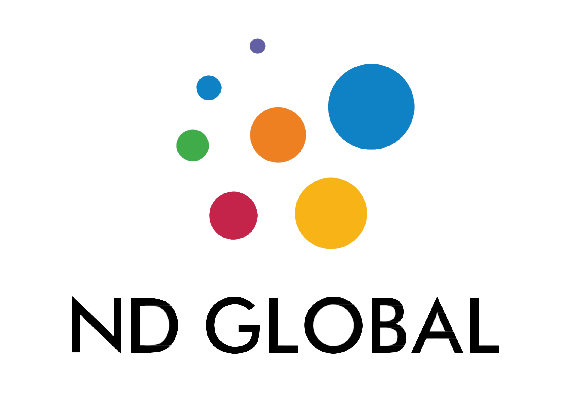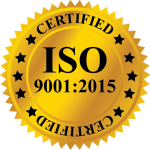Introduction: For several manufacturers of medical devices, access to international markets is crucial. As technology evolves quickly, obtaining marketing authorizations is essential, especially for new and novel devices. Gaining development and marketing funding frequently depends on a solid and well-constructed regulatory strategy. Finding your way through the maze of global requirements can be agonizing. To keep up with emerging medical technologies and address regulatory concerns that have emerged in some global marketplaces, many markets are rapidly expanding their regulatory requirements. To guarantee that their citizens have access to safe and useful devices, regulators must carefully examine the entry requirements for devices. Due to these factors and to address the competitive challenges manufacturers face, it is critical to consider obtaining regulatory approvals strategically. Companies can frequently use a market clearance in one important market to get market clearance in other markets. For instance, many of the materials required for the technical documentation that is now required for the new European Union (E.U.) Medical Device Regulation (MDR) compliance will be provided by preparing a market clearance submission package for the U.S. Food and Drug Administration (FDA). A quality system certification to ISO 134585:2016 is a prerequisite for clearance in nations like Australia and Canada and the Medical Device Single Audit Programme (MDSAP).
Global Regulatory Requirements for Medical Device Companies:
- European Union (EUMDR)– The Medical Device Regulation (EUMDR) of the European Union was formally released in May 2017. The Medical Device Directive (MDD) and the Directive on Active Implantable Medical Devices are both replaced by the EUMDR. New devices must comply with the MDR’s requirements by May 2021 to be marketed in Europe. If the manufacturer complies with the specific prerequisite requirements outlined in the MDR, devices certified by a European Notified Body under the MDD or the Active Implantable Medical Devices Directive may continue to be marketed until May 26, 2024. (Class I; low risk) – non-sterile or non-measuring; Class I – The MDR adds reusable surgical instruments to this category if they are sterile and/or have a measuring function (low/medium risk); Class IIa (Medium Risk); Class IIb (Medium/High Risk); class III (High-risk).
- United States (USFDA)– Companies that produce, repackage, relabel, and/or import medical devices sold in the United States are subject to regulation by the FDA’s Centre for Devices and Radiological Health (CDRH). CDRH also oversees regulating medical and non-medical radiation-emitting electronic products, including lasers, x-ray machines, ultrasound devices, microwave ovens, and color televisions. Medical equipment falls into one of three categories: I, II, or III. Regulatory oversight becomes stricter as you move from Class I to Class III. The device classification regulation outlines the regulatory requirements for a general device category. Premarket Notification 510(k) is not required for many Classes I devices but for many Class II devices, many Class III devices, and most Class IV devices. “Classification of Medical Devices” provides information on device classification and a link to the Product Classification Database.
- Canada (Health Canada)– For Class I devices, manufacturers, distributors, and importers must obtain an establishment license before selling a medical device. The business must acquire a medical device license from Health Canada for class I, II, III, or IV medical devices. To do this, they must submit a device license application and a certificate proving compliance with ISO 13485:2003. The class II device application is of an administrative nature. Applications for class IV devices are based on extensive data, such as all study reports, quality plans, risk assessments, and so on. Applications for class III devices are based on the submission of summary documents.
- India (CDSCO)– With the release of the Medical Device Rules in 2017, Indian authorities completely revised the regulatory framework for medical devices. Devices are governed by the Central Drugs Standard Control Organisation (CDSCO), a division of the Ministry of Health and Family Welfare, under the rules that went into effect in January 2018. The process of manufacturing medical devices is currently very time-consuming and complex. The Indian Medical Device Rules (IMDR) 2017 and the Medical Devices (Amendment) Rules 2020, which are highly regulated and governing, make its approval one of the most structured processes. The classification, registration, manufacturing, import, labeling, sales, and post-market requirements are just a few regulations that deal with devices. From conceptualization to post-marketing surveillance (PMS), the device development process.
- Australia (TGA)– New products that are identical devices may be supplied under an appropriate existing ARTG entry without further TGA notification or clearance (unless required by the terms of inclusion in the ARTG or when information related to the device entered on the ARTG needs to be corrected). Any new device that falls under the “kind” must, however, adhere to the manufacturer’s conformity assessment procedures for that kind of device, and the risk of the device will be evaluated or monitored via ongoing certification by either the TGA or a comparable overseas regulator. High-risk equipment. High Class: A “kind of device” is a relatively specific classification that is limited to a single Unique Product Identifier (UPI), typically covering design variations of a single device, like devices with different lengths, widths, shapes, etc. (defined in the M.D. Regulations as variants). This classification applies to high-risk devices (Class III and AIMD, as well as most Class 4 IVD medical devices). Low Class: A “kind of medical device” is a broader concept for lower classifications and encompasses a variety of related products that share the same sponsor, manufacturer, and classification and are defined by the same Global Medical Device Nomenclature (GMDN) code.
Conclusion: Medical Device companies aiming to flourish globally must embrace a proactive and informed regulatory strategy. As technology continues to evolve and regulatory landscapes shift, those who navigate this path with diligence, expertise, and adaptability will not only gain access to international markets but also contribute to the advancement of healthcare by delivering safe, effective, and innovative medical devices to patients worldwide.
How ND Global can help: ND Global can provide valuable assistance to medical device companies in understanding global regulatory requirements. Here are some ways in which ND Global can help:
- Expertise in Global Regulatory Requirements
- Regulatory Strategy Development
- Documentation Preparation
- Market Clearance Submission Support
- Compliance with Quality Standards
- Monitoring Regulatory Changes
- Post-Market Surveillance
- Risk Assessment and Mitigation










